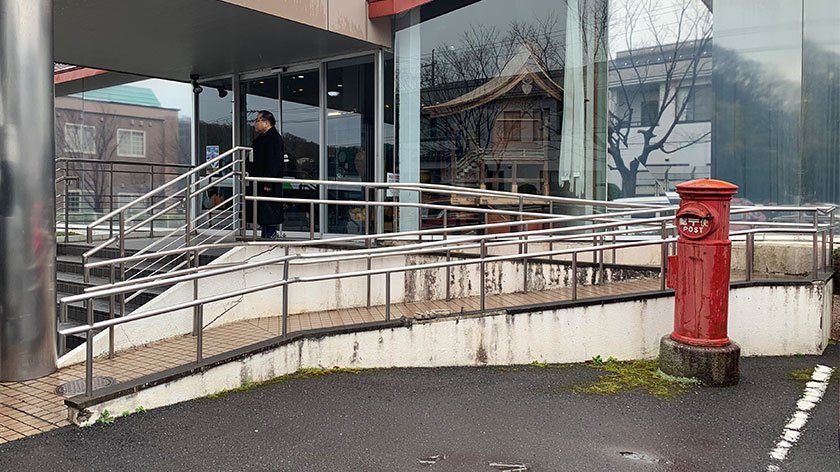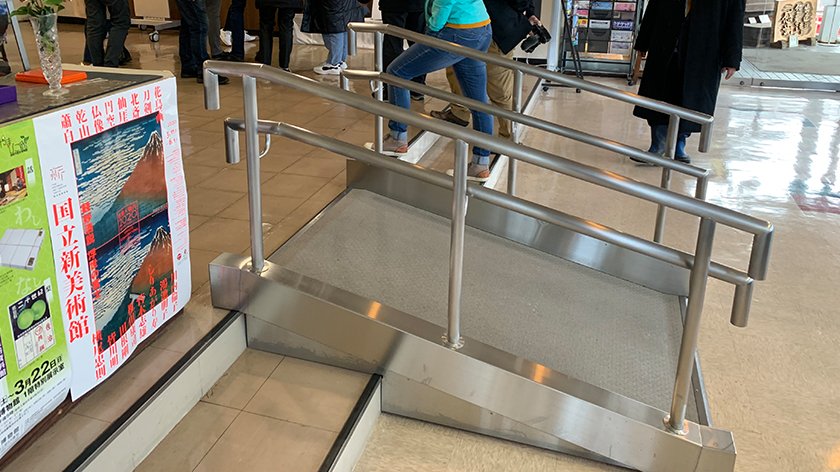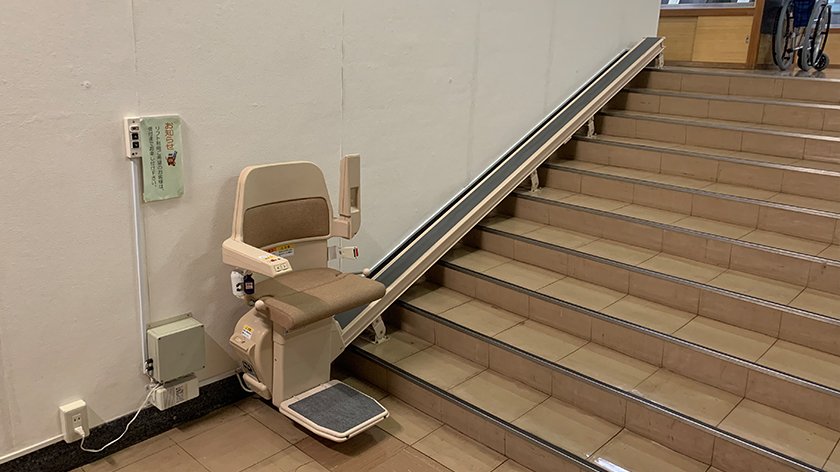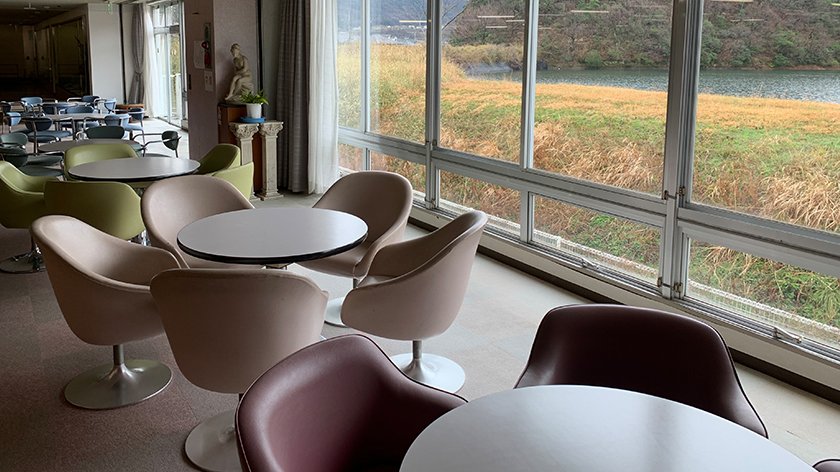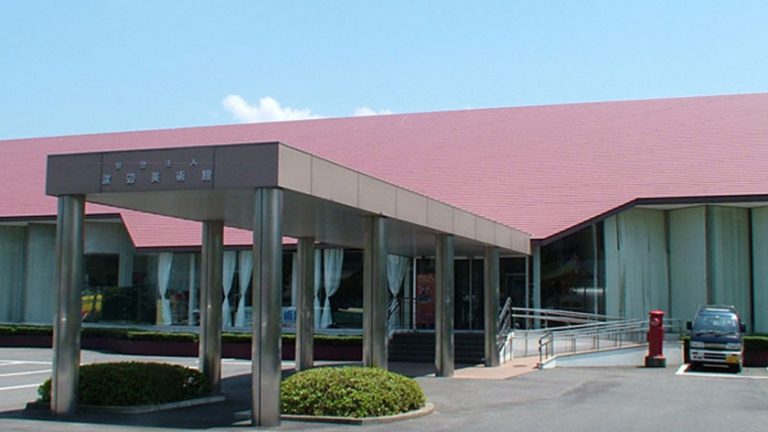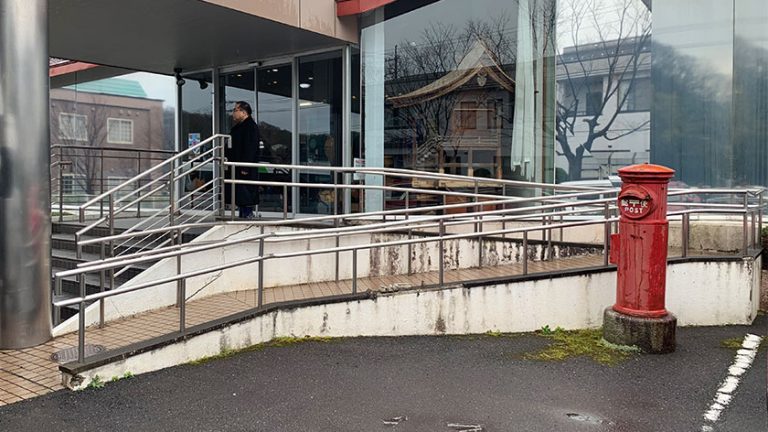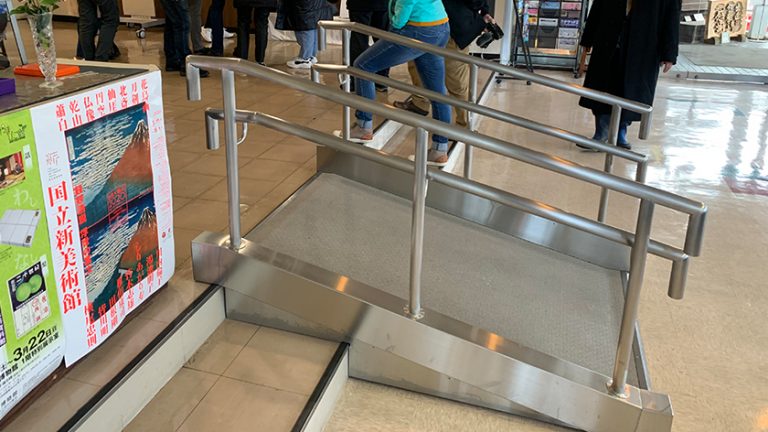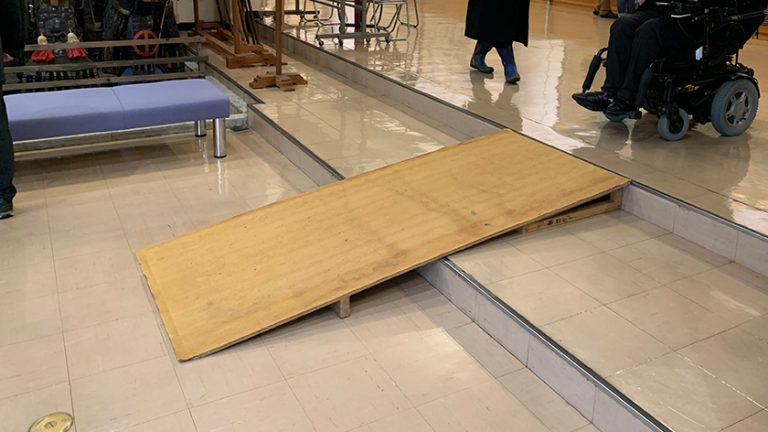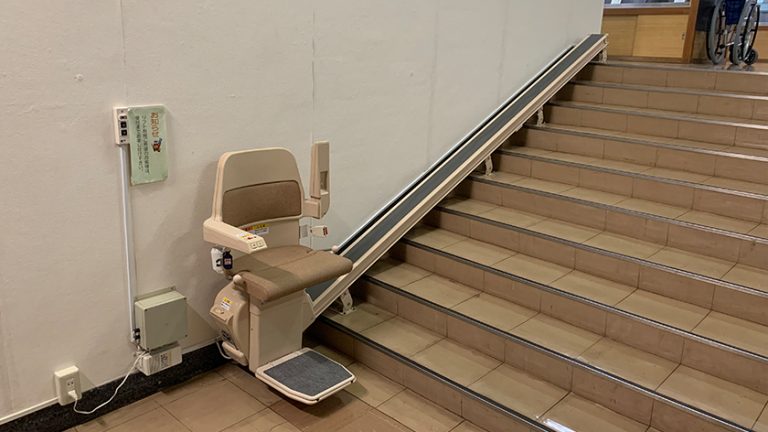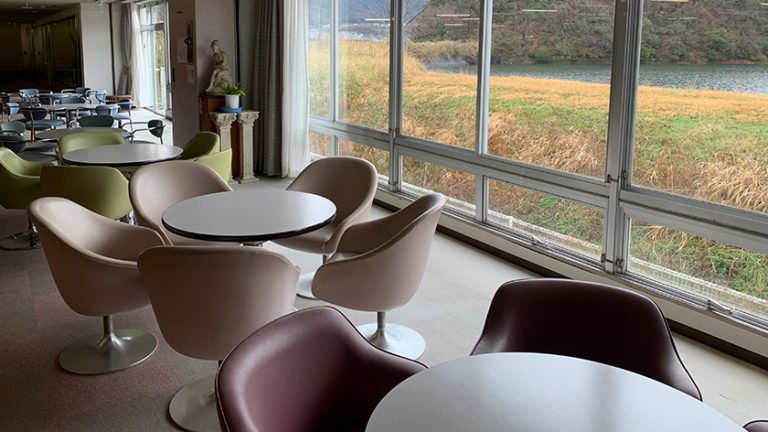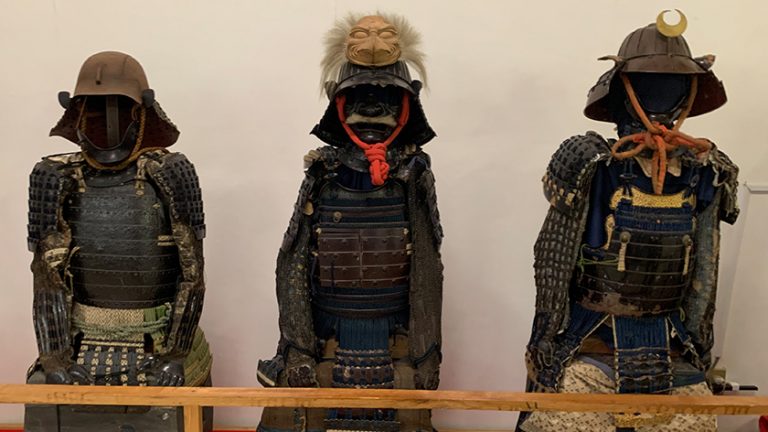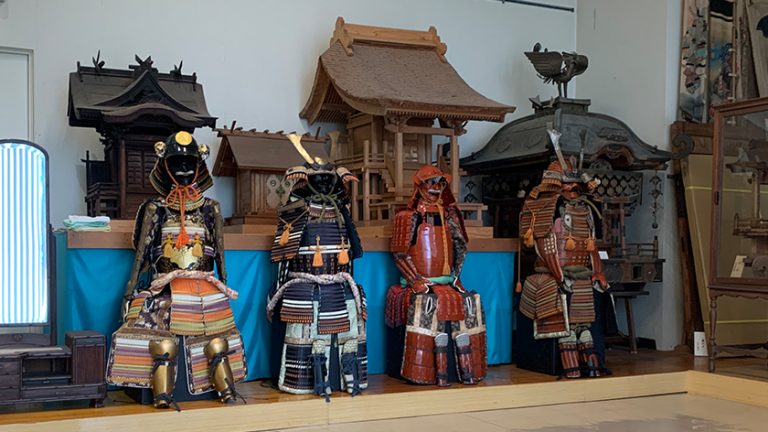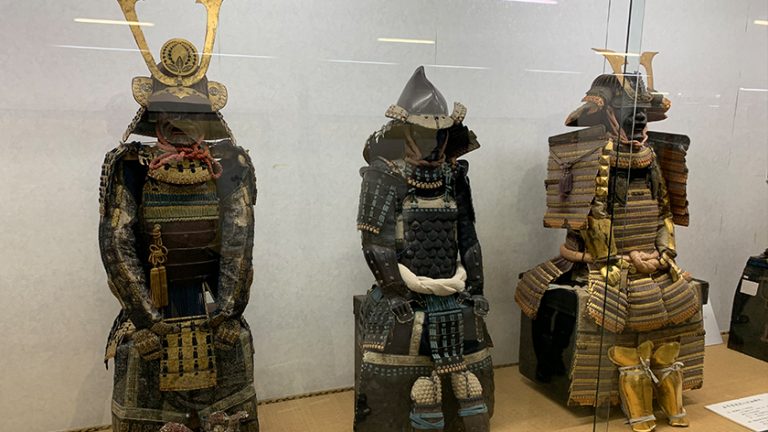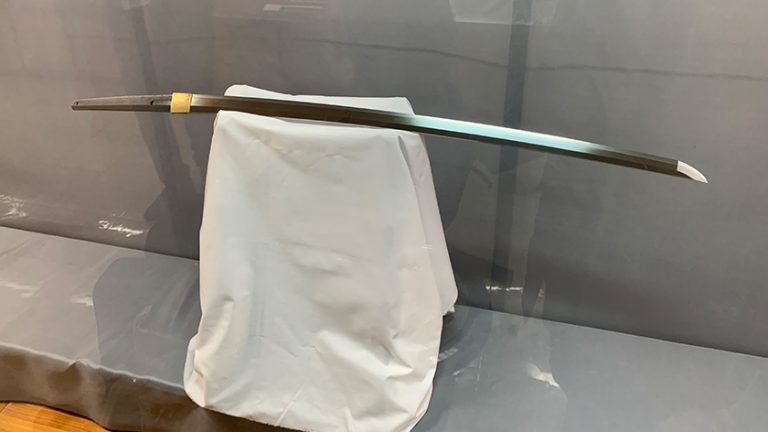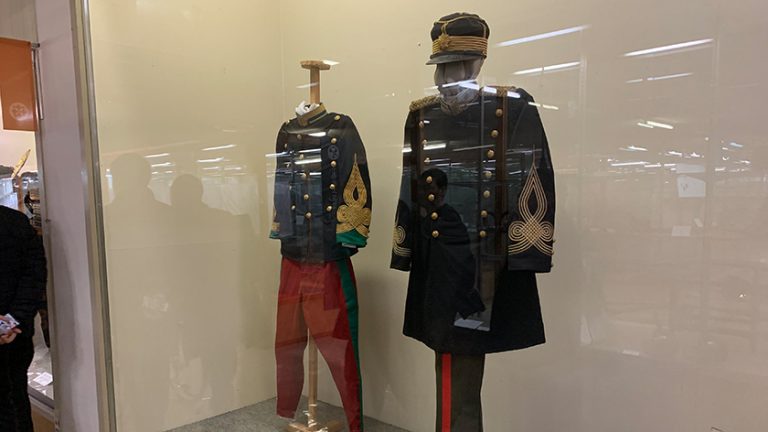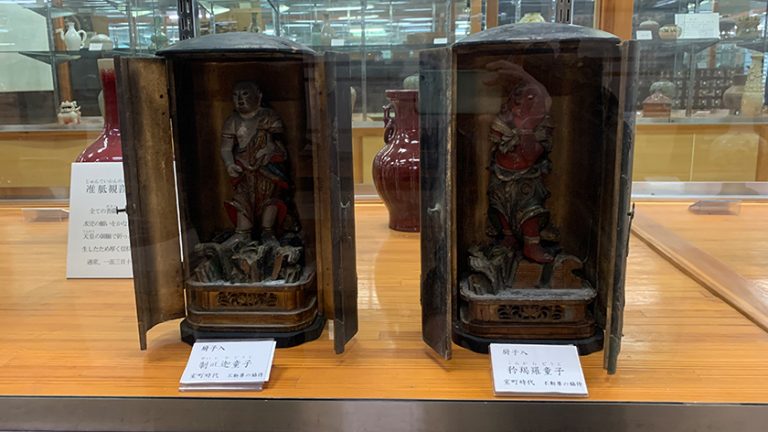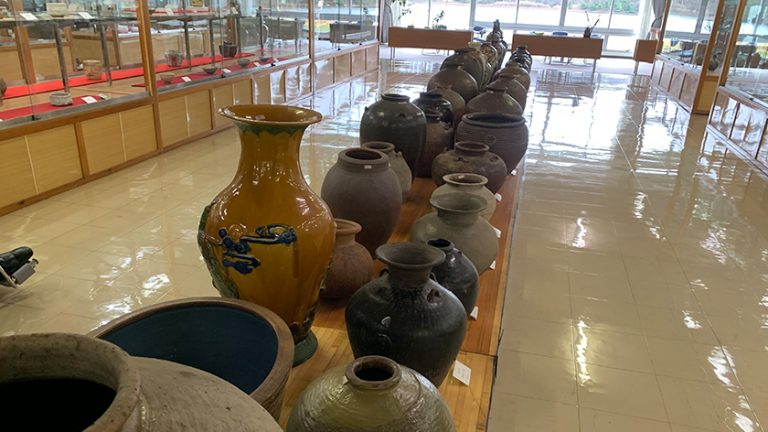- Overview

More than one hundred years ago in Japan may have been the last time you could see traditional Samurai armor in any abundance. Today, about the only place you can see it is in museums, although usually in limited number. However, there is still one museum you can find a large gathering of Samurai gear and more, tucked away in Tottori City.
General Information
Watanabe Hajime was born in 1920 in Tottori City and grew up with stories of the Silk Road and famous historical figures, tales of which would shape part of his life. As he got older, Watanabe Hajime studied in the field of psychology, eventually becoming a doctor and opened his own hospital at the age of 33. His success in his field afforded a lifestyle where he was able to purchase pieces of the history from his childhood interests. Decades of collecting art, antiques, writings, and even some replicas from Chinese, Korean, and Japanese works culminated in a massive collection. It is estimated that over 30,000 antiques have been collected by Watanabe.
During his collecting, Watanabe also acquired and renovated an old bowling alley to hold these prized possessions. This would become the Watanabe Museum of Art. While many hand-picked items are on display here, most of his collection is in storage simply due to limited floor space. Nevertheless, what is on exhibit is quite impressive and such a gathering cannot be found in most of Japan. While the museum has a variety of items, its most impressive draw is the collection of 250 sets of Japanese armor, of which at least 100 are available for viewing pleasure at any given time. Anyone interested in samurai will certainly find something awe-inspiring here, and better still you can take as many photos as you like (unlike many other museums in Japan that may have restrictions on certain exhibits). You can even get a photo of yourself in a suit of armor. Other exhibit items include antique coins, antique pottery, Buddhist statutes and art, Japanese folding screens, Japanese weapons, painted/calligraphy scrolls, ukiyo-e, and more. It can take some time to really see everything on exhibit, so you may want to plan a half-day or more for this visit.
Admission cost is by age, elementary & middle school students 300-yen, high school & university students 500-yen, adults 900-yen, senior citizens 800-yen, those in a wheelchair due to disabilities are free (you may need proof of disability), groups of 10 or more can get a discount. Hours of operation are weekends 10:00 until 17:00, weekdays 10:00 until 15:00 except for Tuesdays which are closed (unless a Tuesday falls on a national holiday, the museum will be open that day and closed Wednesday instead, also closed December 30th to January 2nd).
Getting There
Watanabe Museum of Art is in Tottori City, Tottori Prefecture. The closest station is Tottori Station, it is a 46-minute trek from the Watanabe Museum of Art, or 11-minute drive. Accessible taxis are available at the station.
The museum can also be reached by taking the bus from Tottori Station heading for Iwai run by Nihon Kotsu (get off at Watanabe Museum of Art stop) or the Loop Bus run by Hinomaru Bus (get off at Kirin Shishi stop). Please note that not every bus on the routes are accessible and the accessible bus schedule can change due to bus maintenance. Please contact Nihon Kotsu (0857-23-1122) or Hinomaru Bus (0857-22-5155) to confirm the schedule.
Accessibility
Admission for those in a wheelchair due to disabilities is free (you may need proof of disability), those with other disabilities may be eligible for a discounted ticket for 400-yen.
The entrance to the building has a ramp to the right side of the stairs which is a normal gradient and fine for most users.

Once inside, there is a ramp up to the entrance reception desk and visitors may need a bit of a extra push as it has been added to the steps after construction and is a bit steep.

There is a hand-made wooden ramp down to a small exhibit before the main exhibit area.

To get to the main exhibit, a stair climber must be used. While the museum is budgeting for a device where users can stay in their own wheelchair, at the moment wheelchair users must transfer to the stair climber and use a manual wheelchair provided by the museum on the main level.

There is a lot of space to move around between exhibits and a place to rest and view the scenery is at the back of the main exhibit area.

Seeing-eye dogs are allowed in the building and staff can offer some guidance support. However, no tactile blocks or braille are available within the museum and almost all items are behind glass.
There is no wheelchair toilet available.
Conclusion
If you’re interested in Japanese history, art, or Samurai culture, Watanabe Museum of Art is a must see. It boasts an expansive collection of art and antiques unseen in most of Japan. Most people are sure to find something to pique their interest, and others may have some fun poising for a photo while brandishing a sword wearing Samurai armor.
- AccessPhone: +81-857-24-1152
No Records Found
Sorry, no records were found. Please adjust your search criteria and try again.
Google Map Not Loaded
Sorry, unable to load Google Maps API.
- Photos
- Reviews
- Nearby Hotels
- Kansuitei Kozeniya, Tottori’s premier traditional Japanese inn, is located a short drive from the famous Tottori Sand Dunes, Karoichi Fish Market, and Tottori Airport. The inn features a large koi Read more...
Have a question?
We try our best to provide information to a wide audience. But everyone has different needs.
If you have some specific questions about this listing, come join us on Tabifolk in the Japan group and we will get you the information you need!
Share your pictures of your trip or look up the accessibility of your next location with SIM cards or pocket WiFi!

